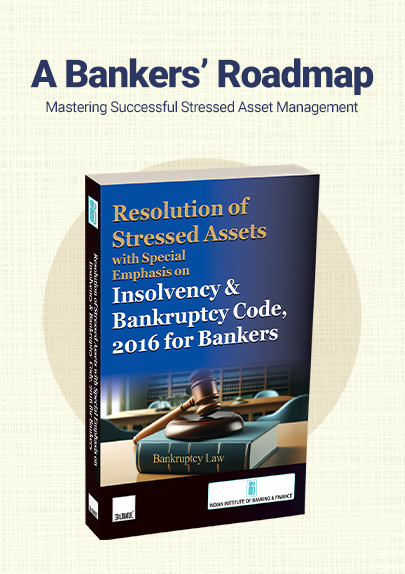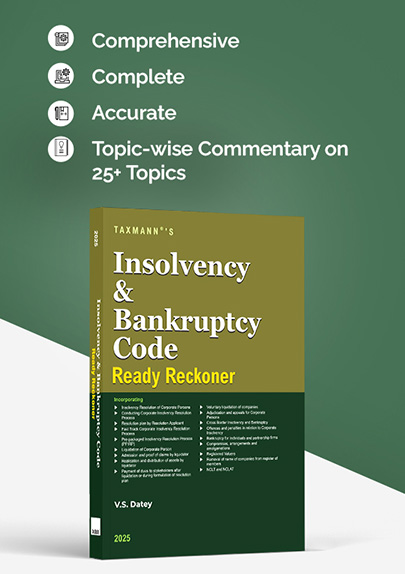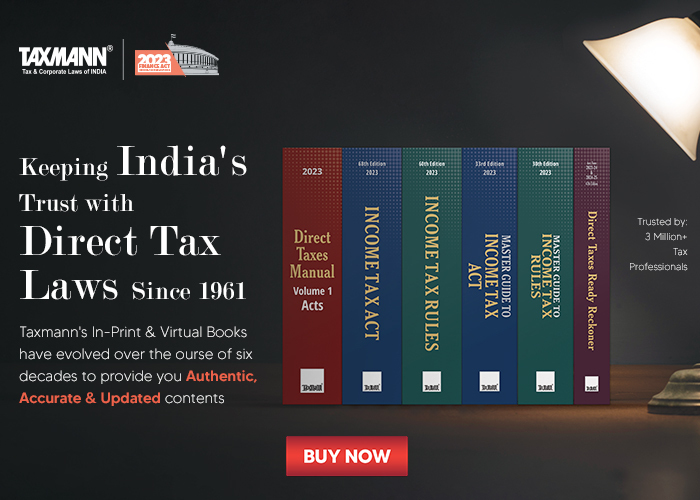No Revision Just Because AO Didn’t Conduct Any Minimum Enquiry Before Allowing a Claim | ITAT
- News|Blog|Transfer Pricing|
- 3 Min Read
- By Taxmann
- |
- Last Updated on 22 January, 2025
Case Details: Beam Global Spirits and Wine (India) (P.) Ltd. vs. Principal Commissioner of Income-tax - [2025] 170 taxmann.com 407 (Delhi-Trib.)
Judiciary and Counsel Details
- Shamim Yahya, Accountant Member & Sudhir Pareek, Judicial Member
-
Ajay Vohra, Sr. Adv., Deepanshu Grover, Akash Uppal & Ms Anjali Pareek, CAs for the Appellant.
-
Ms Nidhi Singh, CIT(DR) & Satya Prakash Sharma, Sr. DR and for the Respondent.
Facts of the Case
During the relevant assessment year, the assessee undertook international transactions with its associated enterprises. The case was referred to the Transfer Pricing Officer (TPO), who made a transfer pricing adjustment to the value of international transactions entered into by the assessee.
Subsequently, the Principal Commissioner (PCIT) initiated revision proceedings on the grounds that the issues identified in the show cause notice had not been verified and inquired about by the Assessing Officer (AO). He held that the AO allowed the assessee’s claims and the taxability issues related to some of the assessee’s transactions without proper verifications.
Aggrieved by the order, the assessee preferred an appeal to the Delhi Tribunal.
ITAT Held
The Tribunal held that the PCIT initiated revision proceedings because the issues identified in the show cause notice had not been verified and inquired about by the AO. The PCIT held that the assessee’s claims and the taxability issues related to some transactions had been allowed by the AO without proper verifications.
It was noted that all relevant issues in question were properly examined by the AO and decided accordingly. The PCIT nowhere doubted any documents submitted and had not even undertaken any minimum enquiry. It was also relevant to mention that the PCIT had not cited cogent reasons for concluding that the assessment order was erroneous.
Explanation 2 of Section 263 nowhere authorised giving unfettered power to the PCIT to each and every re-examination or re-verify the issue that the AO had already properly examined during the assessment proceedings. Therefore, the order passed by the PCIT under section 263 was bad in law and deserved to be set aside.
List of Cases Reviewed
- PCIT v. Mohak Real Estate (P) Ltd. [2024] 161 taxmann.com 388 (Delhi)
- Director of Income-tax v. Jyoti Foundation [2013] 357 ITR 388 (Delhi)
- Income-tax Officer v. D.G. Housing Projects Ltd. [2012] 20 taxmann.com 587 (Delhi)
- J.P. Srivastava & Sons (Kanpur) Ltd. v. CIT [1978] 111 ITR 362 (All.)
- CIT v. Max India Ltd. [2007] 295 ITR 282 (SC)
- Chowdhury v. Addl. CIT (1977 109 ITR 229 at 243)
- Malabar Industrial Co. Ltd. v. CIT [2002] 243 ITR 83 (SC) [Para 16] followed.
List of Cases Referred to
- Pr. CIT v. Azure Retreat (P.) Ltd. [2024] 158 taxmann.com 169 (Delhi) (para 7.1)
- CIT v. Samtel Color Ltd. [2009] 184 Taxman 120 (Delhi) (para 7.5)
- Malabar Industrial Co. Ltd. v. CIT [2000] 109 Taxman 66/243 ITR 83 (SC) (para 10)
- CIT (Central) v. Max India Ltd. [2008] 166 Taxman 188/[2007] 295 ITR 282 (SC) (para 11)
- Russell Properties (P.) Ltd. v. A. Chowdhury, Addl. CIT [1977] 109 ITR 229 (Calcutta) (para 11)
- J.P. Srivastava & Sons (Kanpur) Ltd. v. CIT [1978] 111 ITR 362 (All.) (para 12)
- ITO v. D.G. Housing Projects Ltd. [2012] 20 taxmann.com 587/[2013] 212 Taxman 132/[2012] 343 ITR 329 (Delhi) (para 13)
- DIT v. Jyoti Foundation [2013] 38 taxmann.com 180/219 Taxman 105/357 ITR 388 (Delhi) (para 14)
- CIT v. Smt. Mukta Sridhar [2011] 161 taxmann.com 388/[2012] 205 Taxman 212 (Karnataka) (para 15).
Disclaimer: The content/information published on the website is only for general information of the user and shall not be construed as legal advice. While the Taxmann has exercised reasonable efforts to ensure the veracity of information/content published, Taxmann shall be under no liability in any manner whatsoever for incorrect information, if any.

Taxmann Publications has a dedicated in-house Research & Editorial Team. This team consists of a team of Chartered Accountants, Company Secretaries, and Lawyers. This team works under the guidance and supervision of editor-in-chief Mr Rakesh Bhargava.
The Research and Editorial Team is responsible for developing reliable and accurate content for the readers. The team follows the six-sigma approach to achieve the benchmark of zero error in its publications and research platforms. The team ensures that the following publication guidelines are thoroughly followed while developing the content:
- The statutory material is obtained only from the authorized and reliable sources
- All the latest developments in the judicial and legislative fields are covered
- Prepare the analytical write-ups on current, controversial, and important issues to help the readers to understand the concept and its implications
- Every content published by Taxmann is complete, accurate and lucid
- All evidence-based statements are supported with proper reference to Section, Circular No., Notification No. or citations
- The golden rules of grammar, style and consistency are thoroughly followed
- Font and size that’s easy to read and remain consistent across all imprint and digital publications are applied






 CA | CS | CMA
CA | CS | CMA


